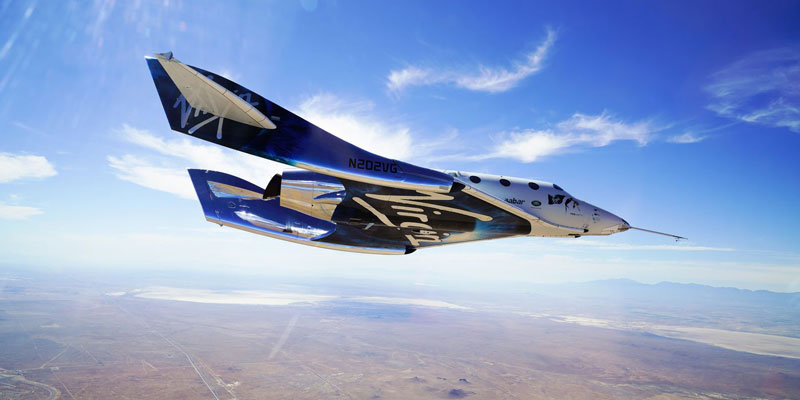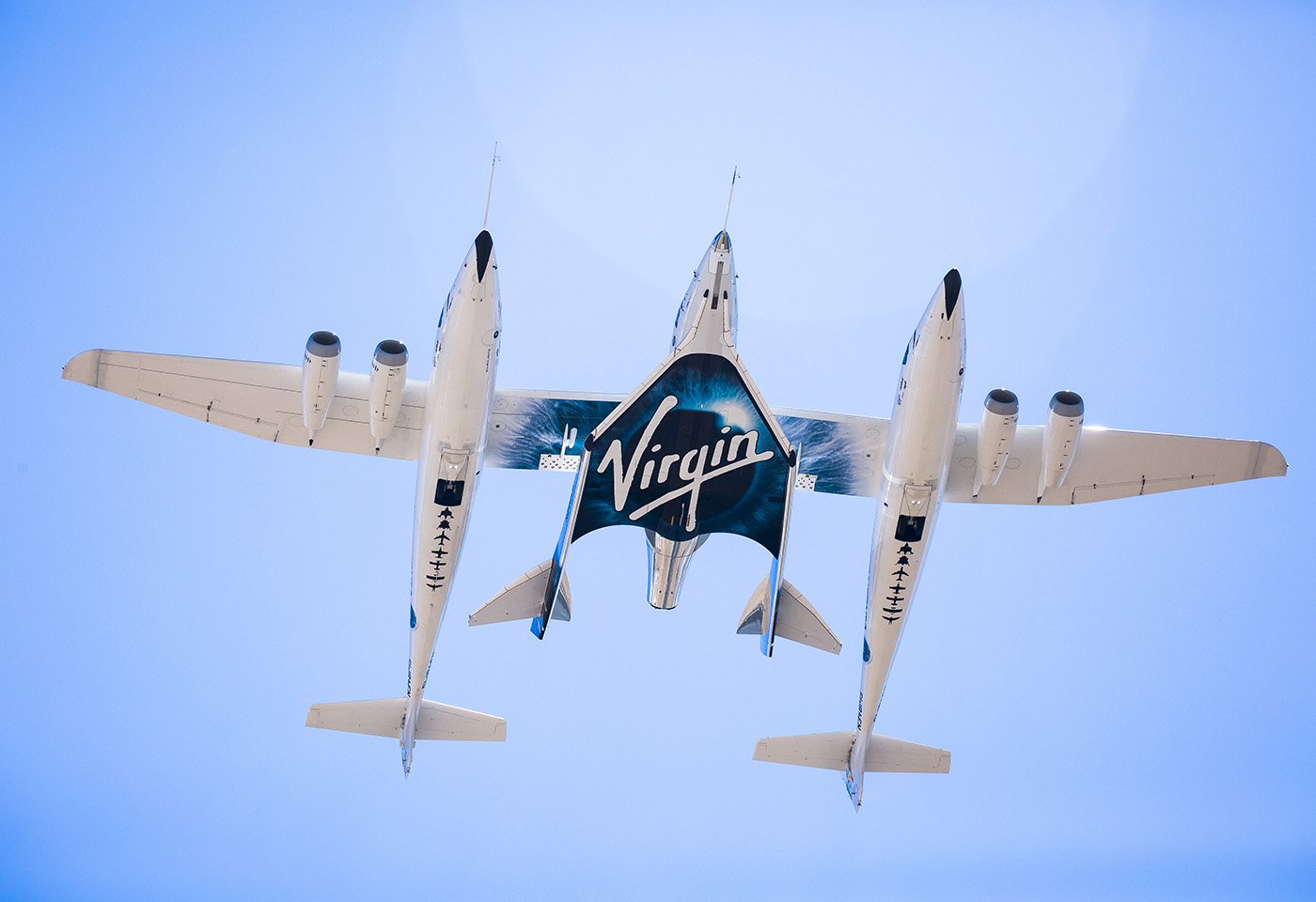
Sir Richard Branson, entrepreneur and billionaire, launched Virgin Galactic Holdings Inc. in 2004. The aerospace corporation is focused on creating spaceships for human travel and tourism. To that end, the company is developing a flight schedule to take passengers on multi-day trips around the Earth.
Its operations include designing, developing, manufacturing, testing ground and flight, and maintaining its spaceflight vehicles. By 2031, experts predict that the worldwide sub-orbital transportation and space tourism market will be worth around $2.6 billion.
Marketing Strategy of Virgin Galactic

According to a poll conducted by 2020, 40% of those with a net worth of $5 million or more are considering purchasing tickets. This implies a total addressable market of around 2.4 million individuals; Virgin Galactic wants to primarily generate money by taking visitors to space to experience zero-gravity.
Over 600 clients had joined by the end of 2020, and another 700 had signed up with refundable deposits through the "One Small Step" campaign by the end of 2020. Management has said that there are extremely few requested refunds on deposits, presumably due to the high wealth of its client base.
Profitable Divisions Within Virgin Galactic
When it comes to business, Virgin Galactic doesn't break things up. The company's principal sources of revenue are from delivering payload cargo and offering high-technology aeronautical engineering services to the U.S. government. The primary objective and strategy of Virgin Galactic are to sell space journeys to the general public.
Recent Progress at Virgin Galactic

After an investigation by the FAA, Virgin Galactic announced on September 29, 2021, that it was permitted to conduct licensed spaceflights. A widely publicized flight of the VSS Unity in July prompted an investigation into potential problems with air traffic control clearance and real-time mission notification on the part of Virgin Galactic.
Branson was the first wealthy entrepreneur of a space enterprise to fly in his spaceship, and he was one of the passengers on that journey. 9 Updated estimates for enlarging the protected airspace for future flights; extra steps in-flight procedures to assure real-time mission notifications to FAA Air Traffic Control; all of these were among the company's suggested remedial actions, and the FAA approved them all.
What Does The Future Hold For Virgin Galactic?
As a significant step forward for the space tourism company, former Disney executive Michael Cloglazier has taken over the CEO post previously held by George Whitesides, who moved to the Chief Space Office job last year.
The Virgin Galactic business model would benefit from Michael's expertise and track record of providing a first-class experience to his clients. Whiteside is speculated to put his energy into the company's development side to ensure all the moving parts of space tourism run smoothly and efficiently.
One of the company's main goals is to change the face of commercial aviation and space travel completely. However, the March 3 aircraft's continuous integration is an essential first step toward its ultimate goal of point-to-point flight.
Space Exploration Goals of Virgin Galactic and NASA
In addition to its commercial space tourism sector successes, the business has been busy signing contracts with NASA. In June 2020, Virgin and NASA announced their partnership to launch a new astronaut training program. The agreement calls for the corporation to "create a new private orbital astronaut preparedness program" for those with sights set on the International Space Station.
In addition, Virgin will recruit clients who wish to purchase astronaut flights to the station, schedule transportation to the ISS and manage the station's on-orbit and ground resources.
Through its Supersonic X-59 program with Lockheed Martin Skunk Works, NASA conducts aeronautics research and has been developing a high-Mach flight without a sonic boom. This innovation has the potential to make commercial supersonic passenger travel a reality.
Conclusion
The concept of space tourism may seem farfetched at first, but it has gained widespread attention because of Richard Brownson's advocacy for the industry. Except for non-profits, all businesses exist to make a profit at the expense of their clients. That being said, the success of Virgin Galactic rests on the company's ability to return to profitability.
The company plans to break even on ticket sales to tourists interested in taking advantage of space's breathtaking scenery and weightlessness. Passenger revenue for commercial space flights is planned to be the company's primary source of income.
However, other revenue generation strategies are also being considered. Finally, there is the possibility of financial gain associated with Virgin Galactic's commercial space flight, which would motivate the company to investigate any avenues of profit.



